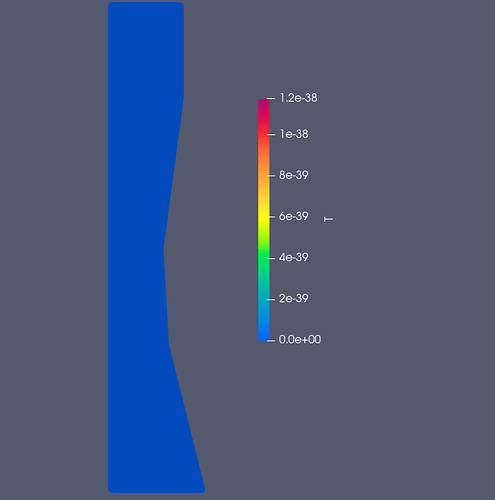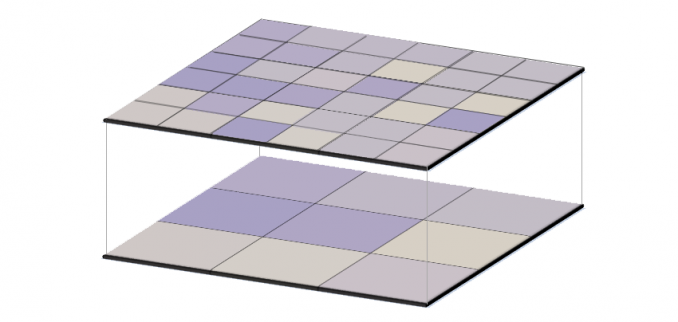

One of the great pleasures of working with OpenFOAM is the joy of figuring stuff out.
#PARAVIEW RESAMPLE WITH DATASET INSTALL#
Is it as nice as having a custom-built tool? Nope.īut…it’s quick, it’s easily scripted, there are no new tools to install or maintain & the output looks great – I’ll take it.ĭrop me a note if you want details about the actual commands & dictionaries involved. Export the surfaces &/or post-process your changed/target case as normal – now with delta flow fields 🤩.



One of the most elusive was “the delta plot”. Some things were rendered obsolete by new OpenFOAM functionality. Duct taping standard OpenFOAM/ParaView/Unix tools together in new & imaginative ways was (& still is) the order of the day. I’m not a developer, so rolling my own versions of those tools wasn’t quite so magical. Admittedly, some things were more useful than others, but nevertheless, it was still like magic.įast-forward to me going solo. We had a small team of developers who could conjure up new CFD tools as if by magic. I figured something out, something that’s been niggling me for a decade & I’m going to tell you about it…1) ‘cos I’m super-happy that I figured it out & 2) ‘cos that’s what this email is all about – sharing stuff that you might find useful. You know when people show you their baby/pet/baking pictures & you have to respond like it’s the cutest/cleverest/tastiest little specimen you ever did see? Well, this email is just like that. I want to share a little CFD win this week – delta plots – let’s go… And the Gaussian blur module in Slicer doesn’t allow one to select a “model” as input.It’s Robin from CFD Engine, back with your weekly CFD note. vtk file, I can’t seem to import it as a “volume”. However, the problem here, is that since my present data is generated at the source as a. DICOM files, I just import as a “volume” and can use the Gaussian blur module to blur the image. You’re absolutely right, I can ideally do everything I need to do in Slicer. Specifically, I want to apply a Gaussian blur to the volume, to simulate the same data imaged at different resolutions. Sure the program I’m using creates voxel data output as cells in a.


 0 kommentar(er)
0 kommentar(er)
